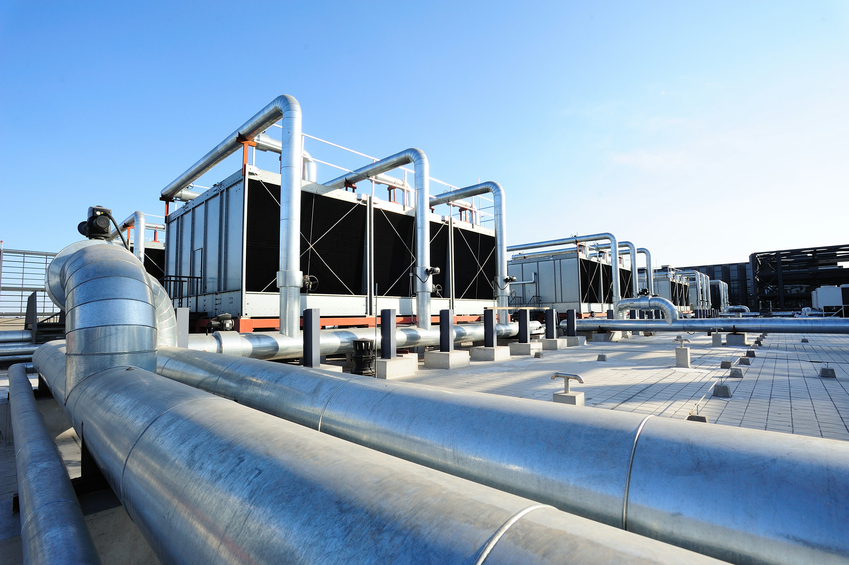Heat Tracing Systems

This online engineering PDH course provides guidance on heat tracing, its different types (electric, steam, hot water), and its advantages and limitations.
The term heat-tracing refers to the continuous or intermittent application of heating pipelines, tanks, vessels or other equipment used for storage or transportation of a product (liquid, powder or gas). The purpose of heat tracing is to compensate or make up for the heat loss to the surrounding atmosphere in low ambient temperature climates. Some applications for heat tracing include; preventing fluid from freezing, maintaining process fluids at pumpable viscosities, preventing formation of hydrates and waxes in hydrocarbon liquids (oil, etc), and also sometimes to preheat part of a fluid system prior to initial startup or after a primary heating system shutdown.
The heat tracing is generally accomplished by employing electric or steam tracing and insulating both the process fluid pipe and the tracer together, using appropriate insulation materials and metal lagging. The decision between electric and steam heat tracing depends on various factors and this course outlines the pros and cons of both the methods.
This 4 PDH online course is applicable to process, mechanical and electrical engineers, operations & maintenance personnel, as well as consultants and contractors who construct, build and manage facilities involving heat tracing systems.
This PE continuing education course is intended to provide you with the following specific knowledge and skills:
- Understanding what is heat tracing and where it is used
- Understanding the different types of heat tracing systems: electric, steam, hot water
- Understanding the advantages and limitations of constant watt, parallel circuit, self regulating and skin type heating
- Learning the control techniques: ambient air sensing or line control for optimum energy efficiency
- Understanding the power supply, protection and safety devices
- Learning about the various codes and standards governing the design and installation of electric heat tracing
- Understanding three types of steam heat tracing systems: external tube tracers, cemented tracers and fully jacketed pipe
- Understanding the do's and don'ts of steam tracing
- Learning step-by-step approach for estimating the heat loss and selection of an electric heat tracing system
- Learning the key factors affecting the selection of heat tracing systems
- Learning the factors favoring and against the application of electric and steam heat tracing systems
In this professional engineering CEU course, you need to review the course document titled "Heat Tracing Systems".
Upon successful completion of the quiz, print your Certificate of Completion instantly. (Note: if you are paying by check or money order, you will be able to print it after we receive your payment.) For your convenience, we will also email it to you. Please note that you can log in to your account at any time to access and print your Certificate of Completion.